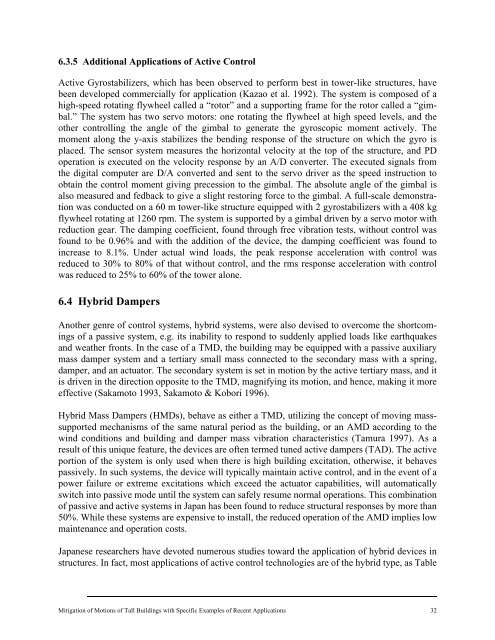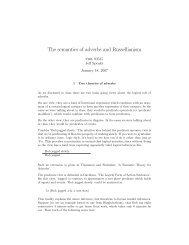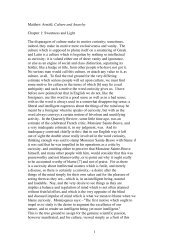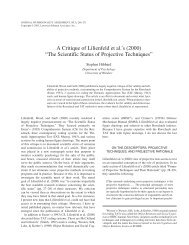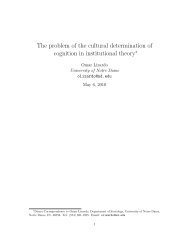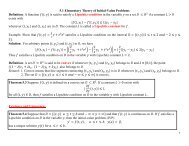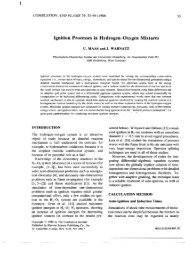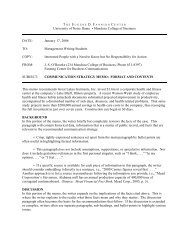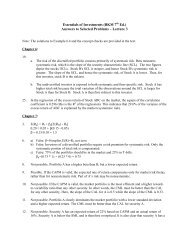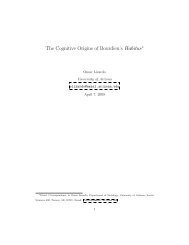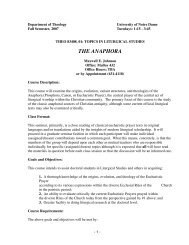Mitigation of Motions of Tall Buildings with Specific Examples of ...
Mitigation of Motions of Tall Buildings with Specific Examples of ...
Mitigation of Motions of Tall Buildings with Specific Examples of ...
Create successful ePaper yourself
Turn your PDF publications into a flip-book with our unique Google optimized e-Paper software.
6.3.5 Additional Applications <strong>of</strong> Active Control<br />
Active Gyrostabilizers, which has been observed to perform best in tower-like structures, have<br />
been developed commercially for application (Kazao et al. 1992). The system is composed <strong>of</strong> a<br />
high-speed rotating flywheel called a “rotor” and a supporting frame for the rotor called a “gimbal.”<br />
The system has two servo motors: one rotating the flywheel at high speed levels, and the<br />
other controlling the angle <strong>of</strong> the gimbal to generate the gyroscopic moment actively. The<br />
moment along the y-axis stabilizes the bending response <strong>of</strong> the structure on which the gyro is<br />
placed. The sensor system measures the horizontal velocity at the top <strong>of</strong> the structure, and PD<br />
operation is executed on the velocity response by an A/D converter. The executed signals from<br />
the digital computer are D/A converted and sent to the servo driver as the speed instruction to<br />
obtain the control moment giving precession to the gimbal. The absolute angle <strong>of</strong> the gimbal is<br />
also measured and fedback to give a slight restoring force to the gimbal. A full-scale demonstration<br />
was conducted on a 60 m tower-like structure equipped <strong>with</strong> 2 gyrostabilizers <strong>with</strong> a 408 kg<br />
flywheel rotating at 1260 rpm. The system is supported by a gimbal driven by a servo motor <strong>with</strong><br />
reduction gear. The damping coefficient, found through free vibration tests, <strong>with</strong>out control was<br />
found to be 0.96% and <strong>with</strong> the addition <strong>of</strong> the device, the damping coefficient was found to<br />
increase to 8.1%. Under actual wind loads, the peak response acceleration <strong>with</strong> control was<br />
reduced to 30% to 80% <strong>of</strong> that <strong>with</strong>out control, and the rms response acceleration <strong>with</strong> control<br />
was reduced to 25% to 60% <strong>of</strong> the tower alone.<br />
6.4 Hybrid Dampers<br />
Another genre <strong>of</strong> control systems, hybrid systems, were also devised to overcome the shortcomings<br />
<strong>of</strong> a passive system, e.g. its inability to respond to suddenly applied loads like earthquakes<br />
and weather fronts. In the case <strong>of</strong> a TMD, the building may be equipped <strong>with</strong> a passive auxiliary<br />
mass damper system and a tertiary small mass connected to the secondary mass <strong>with</strong> a spring,<br />
damper, and an actuator. The secondary system is set in motion by the active tertiary mass, and it<br />
is driven in the direction opposite to the TMD, magnifying its motion, and hence, making it more<br />
effective (Sakamoto 1993, Sakamoto & Kobori 1996).<br />
Hybrid Mass Dampers (HMDs), behave as either a TMD, utilizing the concept <strong>of</strong> moving masssupported<br />
mechanisms <strong>of</strong> the same natural period as the building, or an AMD according to the<br />
wind conditions and building and damper mass vibration characteristics (Tamura 1997). As a<br />
result <strong>of</strong> this unique feature, the devices are <strong>of</strong>ten termed tuned active dampers (TAD). The active<br />
portion <strong>of</strong> the system is only used when there is high building excitation, otherwise, it behaves<br />
passively. In such systems, the device will typically maintain active control, and in the event <strong>of</strong> a<br />
power failure or extreme excitations which exceed the actuator capabilities, will automatically<br />
switch into passive mode until the system can safely resume normal operations. This combination<br />
<strong>of</strong> passive and active systems in Japan has been found to reduce structural responses by more than<br />
50%. While these systems are expensive to install, the reduced operation <strong>of</strong> the AMD implies low<br />
maintenance and operation costs.<br />
Japanese researchers have devoted numerous studies toward the application <strong>of</strong> hybrid devices in<br />
structures. In fact, most applications <strong>of</strong> active control technologies are <strong>of</strong> the hybrid type, as Table<br />
<strong>Mitigation</strong> <strong>of</strong> <strong>Motions</strong> <strong>of</strong> <strong>Tall</strong> <strong>Buildings</strong> <strong>with</strong> <strong>Specific</strong> <strong>Examples</strong> <strong>of</strong> Recent Applications 32


